Keys to sustainable telehealth post COVID-19
KevinMD
NOVEMBER 25, 2020
As we’ve listened to providers describe their reactions to this pandemic, telehealth continues to be a pervasive theme at the foundation of their response. They refer to this as a “watershed” event that will permanently change healthcare delivery.

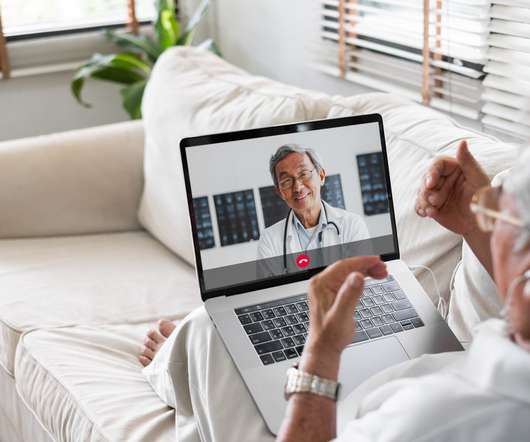
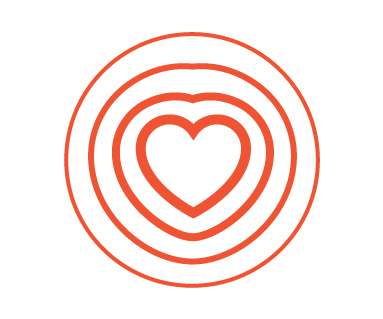


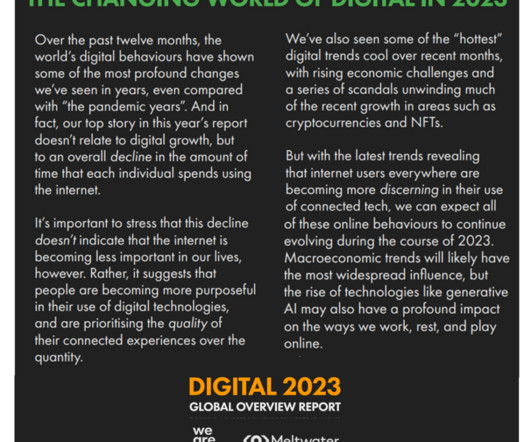
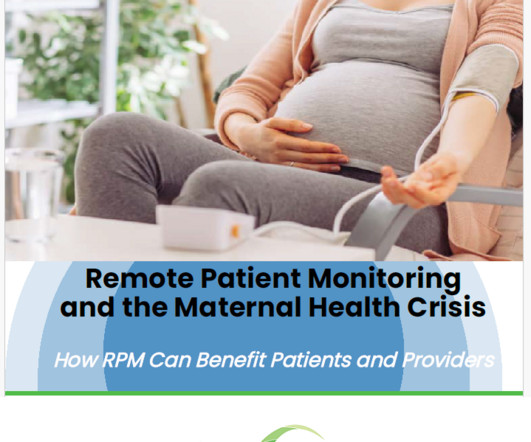




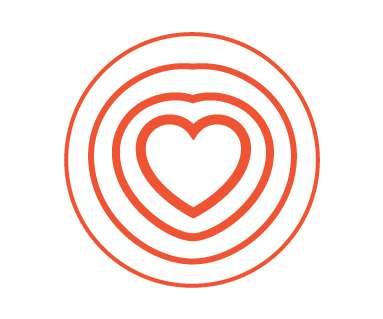
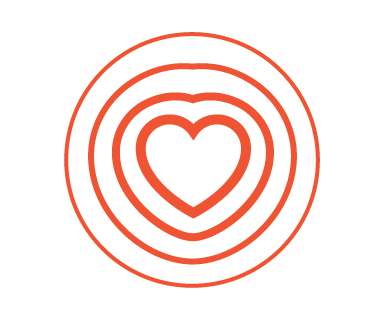






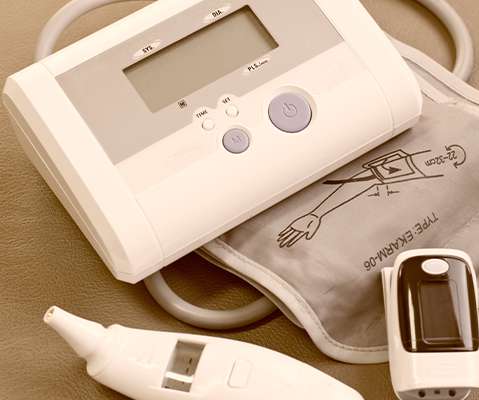
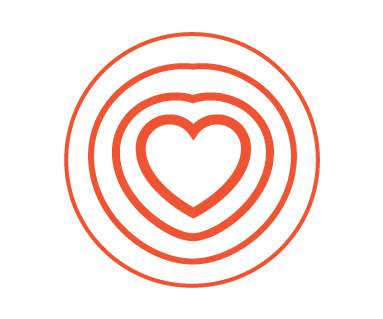
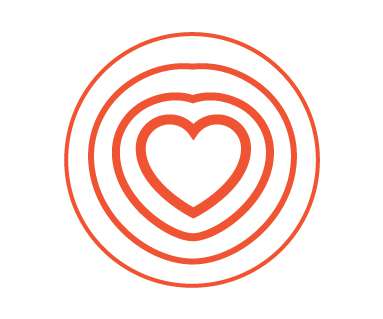








Let's personalize your content